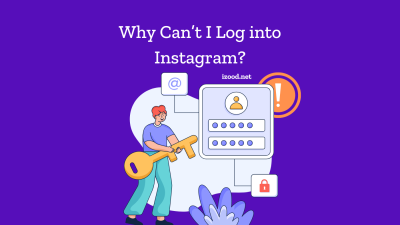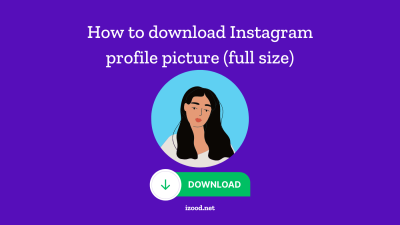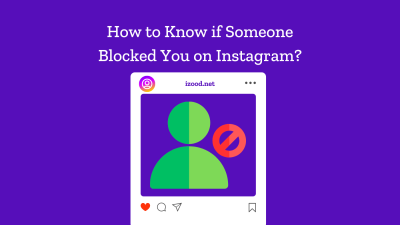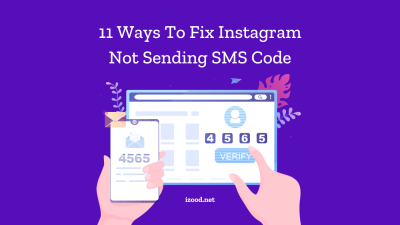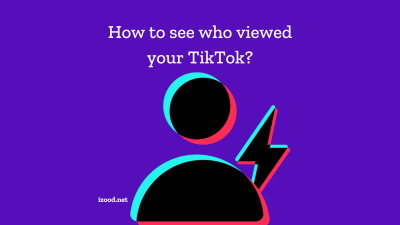In the modern era of technology-driven solutions, businesses and individuals have become increasingly reliant on cloud-based services. Among the popular business models, Software as a Service (Saas) and subscriptions have emerged as the leading choices for accessing software and services.
Although they share similarities, there are fundamental differences that set them apart. This article explores the intricacies of Saas vs Subscription, outlining their unique features, benefits, and implications for users and businesses alike.
What is Saas?
Saas, an acronym for “Software as a Service,” refers to a software delivery model where applications are centrally hosted and accessed through the internet. Instead of purchasing software licenses, users subscribe to Saas platforms to gain access to software functionality, data storage, and technical support. Saas eliminates the need for local installations and provides a flexible and cost-effective solution for individuals and businesses seeking software solutions.
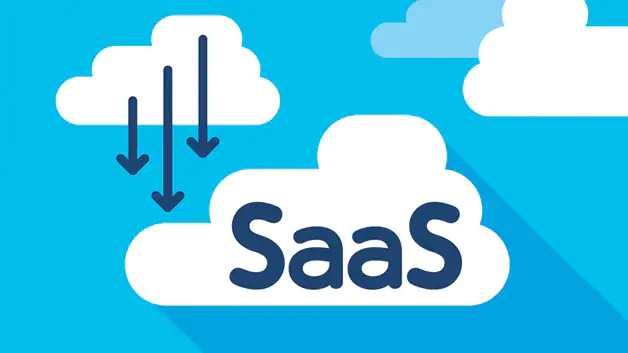
Benefits of Saas
- Cost Savings: Saas offers a cost-effective alternative to traditional software solutions. Users can avoid high upfront costs associated with software licenses and hardware infrastructure, paying only for the subscribed services.
- Scalability: Saas platforms provide the flexibility to scale services up or down based on business needs. Users can easily add or remove users and features, ensuring they pay for what they use.
- Easy Maintenance: Saas providers handle software maintenance, updates, and security patches, freeing users from the burden of manual installations and troubleshooting.
- Accessibility: With Saas, users can access software and data from any location with an internet connection, promoting collaboration and remote work.
- Rapid Deployment: Saas solutions can be deployed quickly, allowing users to start using the software immediately without lengthy installation processes.
Drawbacks of Saas
- Dependency on Internet Connection: Since Saas applications operate over the internet, a stable and reliable internet connection is crucial for uninterrupted access and usage.
- Limited Customization: Saas platforms often offer standardized features and limited customization options, which may not meet specific requirements of certain businesses or users.
- Data Security Concerns: Storing sensitive data on external servers may raise security concerns for some businesses. It is important to evaluate the security measures implemented by Saas providers before subscribing to their services.
Cloud-based software
Cloud-based software refers to applications or services that are accessed and operated over the internet. Saas falls under the umbrella of cloud-based software, offering a subscription-based model for software delivery and usage.
What is a Subscription Model?
A subscription model involves paying recurring fees at regular intervals to access products, services, or content. Subscription-based businesses offer various plans or tiers with different features and benefits, allowing users to choose the most suitable option based on their needs and budget.
Benefits of Subscriptions
- Flexibility: Subscriptions provide users with the freedom to choose and switch between different plans or tiers based on their evolving needs, offering scalability and adaptability.
- Continuous Updates: Subscriptions often include automatic updates and improvements, ensuring users have access to the latest features and enhancements without additional costs.
- Convenience: Subscriptions simplify the process of accessing and managing services, offering centralized billing, support, and a seamless user experience.
- Cost Predictability: Regular subscription fees enable users to forecast and manage their expenses more effectively, as they have a clear understanding of the ongoing costs.
- Free Trials and Cancellations: Many subscription-based services offer free trial periods and the ability to cancel subscriptions without any long-term commitments, allowing users to test and evaluate before making a final decision.
Drawbacks of Subscriptions
- Cumulative Costs: Although individual subscription fees may seem affordable, subscribing to multiple services can lead to a cumulative cost that may outweigh the benefits.
- Data Portability: Some subscription-based services may restrict data portability, making it challenging to switch to a different provider or retain data if the subscription is terminated.
- Payment Processing Challenges: Some subscription-based services may face difficulties in managing payment processing efficiently. However, partnering with payment solution providers like payproglobal.com can help streamline and optimize the payment collection process, ensuring a smooth experience for both businesses and customers.
- Vendor Dependence: Users relying heavily on subscription-based services may become dependent on the provider’s ecosystem, making it difficult to switch to alternative solutions in the future.
Recurring payments
Recurring payments refer to regular and repeated payments made by users to access and utilize subscription-based services or products. These payments typically occur at predetermined intervals, such as monthly or annually.
Differences Between Saas and Subscriptions
While both Saas and subscriptions involve ongoing payments and access to services, there are significant differences between the two models. Here are the key distinctions:
- Software Ownership: In Saas, users do not own the software but subscribe to access its functionality, while subscriptions can involve ownership of the product or content being provided.
- Scope of Services: Saas primarily focuses on software applications, whereas subscriptions encompass a broader range of products and services, including digital content, memberships, and physical goods.
- Customization: Saas offers limited customization options due to its standardized nature, whereas subscriptions may allow greater flexibility in customizing features and services.
- Deployment: Saas requires internet connectivity and access to the provider’s servers for usage, while subscriptions may offer offline access to products or content depending on the nature of the service.
- Provider Responsibility: Saas providers are responsible for software maintenance, updates, and security, whereas subscriptions may require users to manage updates and maintenance for certain products or services.
Saas vs Subscription: Which is Right for You?
Choosing between Saas and subscriptions depends on various factors, including your specific needs, budget, scalability requirements, and long-term objectives. Consider the following aspects to make an informed decision:
- Type of Service: Determine whether you require software applications or a broader range of products and services.
- Cost Structure: Assess your budget and evaluate the financial implications of ongoing subscription fees versus upfront costs of software licenses.
- Customization Needs: Consider the level of customization required for your business or personal requirements.
- Scalability: Evaluate the scalability options offered by both models to ensure they align with your anticipated.
Key Factors to Consider When Choosing Saas or Subscription
- Integration: Assess the compatibility of the chosen model with your existing software systems and infrastructure.
- Data Security: Evaluate the security measures implemented by the Saas provider or subscription service to safeguard your data and ensure compliance with relevant regulations.
- Support and Maintenance: Consider the level of support and maintenance provided by the Saas provider or subscription service, including response times, technical assistance, and bug fixes.
Decision-making process
The decision-making process for choosing between Saas and subscriptions involves careful consideration of the factors mentioned above. It is essential to weigh the pros and cons, align your requirements with the offerings of each model, and determine which one best suits your needs.
Frequently Asked Questions (FAQs)
- Is Saas the same as subscription-based software?
While both involve recurring payments, Saas specifically refers to software applications delivered over the internet, whereas subscription-based software can encompass a broader range of products and services.
- Are Saas solutions more cost-effective than traditional software?
Saas solutions can be more cost-effective due to lower upfront costs, as users pay only for the subscribed services instead of purchasing software licenses. However, the cost-effectiveness depends on individual usage and requirements.
- Can I customize a Saas platform to suit my specific business needs?
Saas platforms offer limited customization options due to their standardized nature. However, many providers offer flexible configurations and integrations to meet specific business requirements.
- Are subscriptions suitable for individuals or small businesses?
Subscriptions can be beneficial for individuals and small businesses as they offer flexibility, scalability, and predictable costs. They provide access to a wide range of products and services without significant upfront investments.
- What happens to my data in a Saas model?
In a Saas model, your data is stored on the Saas provider’s servers. It is crucial to review the provider’s data security measures, data ownership policies, and backup procedures to ensure the safety and confidentiality of your data.
- Can I cancel a subscription at any time?
Many subscription-based services allow users to cancel their subscriptions at any time. However, it is essential to review the cancellation policies and terms of service to understand any potential penalties or limitations.
Conclusion
In the dynamic landscape of software and service consumption, understanding the differences between Saas and subscription models is crucial. Saas offers a flexible and cost-effective solution for accessing software applications, while subscriptions provide access to a broader range of products and services. By considering factors such as cost, customization, scalability, and data security, individuals and businesses can make informed decisions about which model best aligns with their specific needs and objectives.







